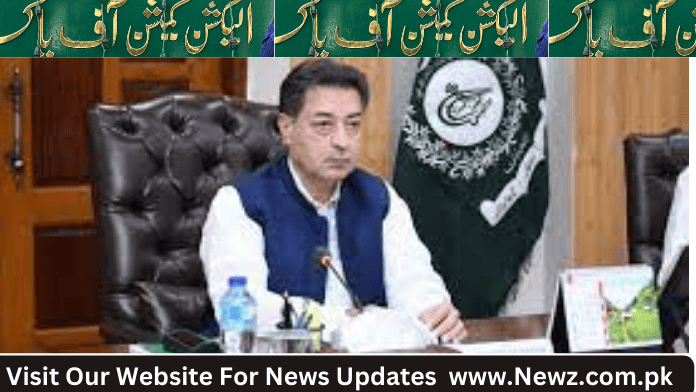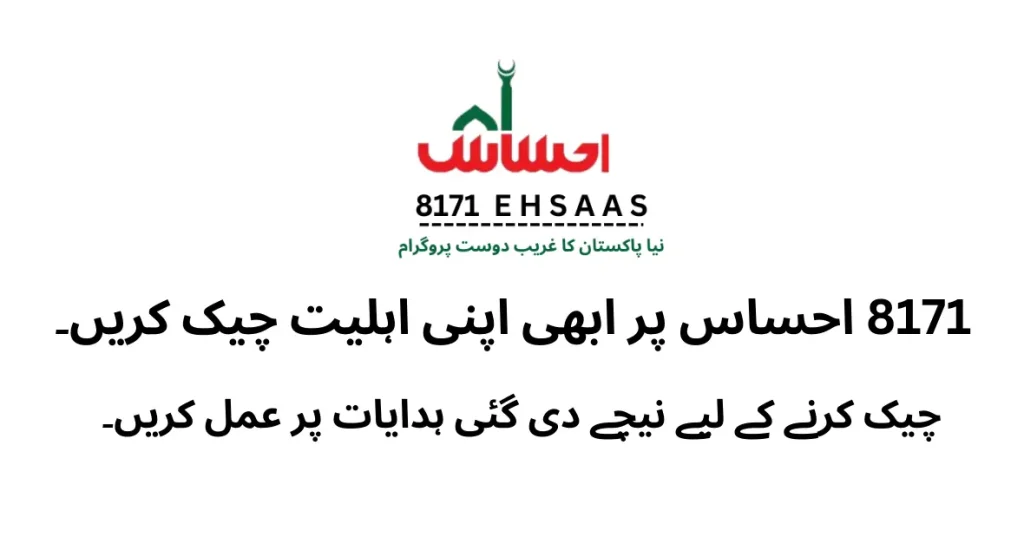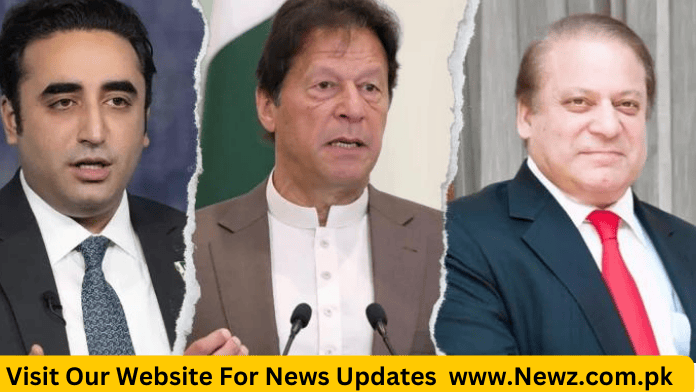Political Dynasties Sindh throughout its history has witnessed the rule of diverse dynasties such as Rai Brahmin Arabs, Soomra, Sama, Arghuns, Tarkhans, Mughals, Kalhoros, and Talpurs. The British later intervened, ending the Talpurs’ 60-year rule and relocating the capital from Hyderabad to Karachi.
The province is a stronghold of various political families, including the Shirazis, Syeds, Arbabs, Mahars, and Makhdooms. These families have consistently held sway under both civilian and military regimes, establishing a firm grip on the political system.
As the election approaches, major political parties are strategically aligning with these influential “electables” by offering them tickets, recognizing their crucial role in securing power.
The upcoming polls in lower Sindh, excluding Karachi and Hyderabad, appear to be primarily contested between the Pakistan Peoples Party (PPP) and other political entities. PPP Chairman Bilawal Bhutto-Zardari has been actively campaigning across Sindh, with a notable rally in Sanghar and a culminating event in Larkana on February 6.
While the PPP aims for a fourth term in the provincial office, seat adjustments indicate tight competitions in several constituencies, with rival parties like the Grand Democratic Alliance (GDA) seeking to secure or retain seats.
PPP’s goal is to win 65 general seats to reach the required tally of 85, including reserved seats, to form a government. On the other hand, the GDA, backed by new electables, aims to reclaim lost ground from the 2018 elections.
To maintain support, the PPP has maintained alliances with key political families, evident in the allocation of party tickets to them. Notable examples include the Shirazis in Thatta, who, despite historical differences, joined hands with the PPP before the 2018 elections.
In Badin, the Mirzas, particularly Dr. Zulfikar Mirza’s family, have been at odds with the PPP since 2011. Despite this, the PPP has held a stronghold in Badin until 2018, when Dr. Fehmida Mirza won the NA seat.
Sanghar, a significant cotton-producing area, witnesses a competitive race between PPP’s Shazia Marri and GDA’s Mohammad Khan Junejo. The historical rivalry between the Junejo family and PPP adds complexity to this contest.
Tharparkar, known for its scenic landscapes and vast coal reserves, presents intriguing battles, including NA-214 where PTI’s Shah Mahmood Qureshi faces GDA’s Razag Rahimoon and PPP’s Pir Ameer Ali Shah Jillani.
In NA-215, GDA-backed Arbab Ghulam Rahim competes against PPP’s Dr. Mahesh Malani, creating a closely contested fight.
Mango-rich Mirpurkhas, traditionally a PPP stronghold, faced an upset in 2018. This year, PPP aims to regain control with candidates like Aftab Shah Jillani.
In Matiari, the Makhdooms of Hala, once prominent PPP leaders, maintain influence. Makhdoom Jamil, son of the late Makhdoom Amin Fahim, contests against PML-N’s Bashir Memon.
As the election approaches, political dynamics in Sindh showcase a complex interplay of historical affiliations, strategic alliances, and fierce competition among political families.






